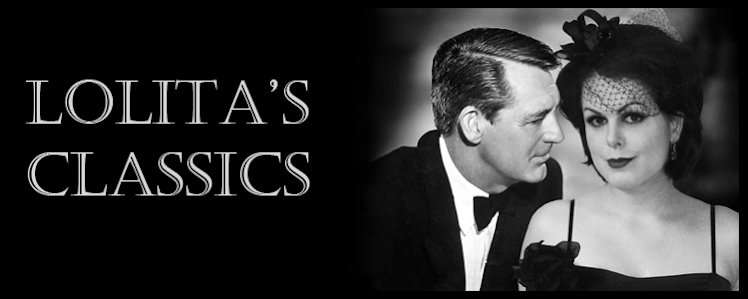
The Best Years of Our Lives
Director: William Wyler
USA 1946
172 min
The Best Years of Our Lives is a wonderful postwar melodrama about returning war veterans and their difficulties assimilating with their old lives.
The films begins with three men returning home after the end of World War II: Al Stephenson (Fredric March), Fred Derry (Dana Andrews) and Homer Parrish (Harold Russell). It is the lives, love and pain of these three men that is woven together into this masterpiece of a film.
First we have Al Stephenson, an older-than-average soldier, who comes home to his wife Milly (superbly characterized by Myrna Loy, in her first role since before the war), daughter Peggy (Teresa Wright) and son Rob (Michael Hall).
The arrival of the family man is of course met with smiles, tears and embraces, but the home coming soon shows to have difficulties to deal with. Al is astonished when he realizes how much his children have grown up. He has also changed as a man by the war, something his wife Milly notices by his hardness and heavy drinking.
However, Al is soon back at work in an influential banking position, but has difficulties there too when it comes to the civil way of thinking and making decisions.
Then, there's Fred Derry. He returns to his parent's home, where he also expects to see his wife Marie (Virginia Mayo). He finds out that she nowadays has a job at a night club, and he sets off to see her. When he can't find her he visits a bar, where he meets the celebrating Al Stephenson and family. Fred and Al get awfully drunk, and gets more or less carried home by Milly and Peggy.
Fred, sleeping in Peggy's bed while she occupies the couch, gets traumatic nightmares about the war, and Peggy puts him back to sleep. The morning after they eat breakfast, have a pleasant conversation and starts liking each other. Peggy drives Fred home to his wife.
Marie is delighted to reunite with Fred, but the long parting seems to have damaged their marriage more than they thought. All while Fred tries to keep a job, and continues to fall for Al's daughter Peggy.
 Homer taking piano lessons by Butch Engle (Hoagy Carmichael).
Homer taking piano lessons by Butch Engle (Hoagy Carmichael).The third postwar destiny we get to follow is that of Homer Parrish, who lost his hands in a fire in the war. (The actor Harold Russell lost his hands in the war too, but in a TNT explosion.) His hands are replaced by hooks who he is trained to handle well.
He is however uncertain about the feelings of his fiancée Wilma (Cathy O'Donnell in her first role not being an extra), a paranoia that is worsened by his family's obvious inconvenience with his handicap.
This is a film that easily could have felt like a patchwork, since there are three different stories told. But the script is brilliant, and the director William Wyler is too good for words. Having the three leading men characters becoming friends, and getting them to meet each other in regular intervals is a great solution for that problem. That also makes the viewer to emotionally sink even deeper into the destiny's of all the characters.
And the characters! Every single little character in the film is brilliantly cast, but the brightest shining star is (not surprisingly) Myrna Loy as the loyal wife. The scene where she brings breakfast to her husband in bed is wonderful. Her hesitation and insecurity, though she's trying to conceal it, fill the room.
In short: The Best Years of Our Lives gives a revealing and emotional insight in the relations of returning war heroes and their families, and the film could not have been made any better.
Film clip: Original trailer, 1946.





1 comment:
Great write up on The Best Years. I agree on everything you said. And I would add that the music score was wonderful, one of the best I have heard. Told ya I would be checking out your blogs on other movies. Haven't been disappointed yet.
Post a Comment